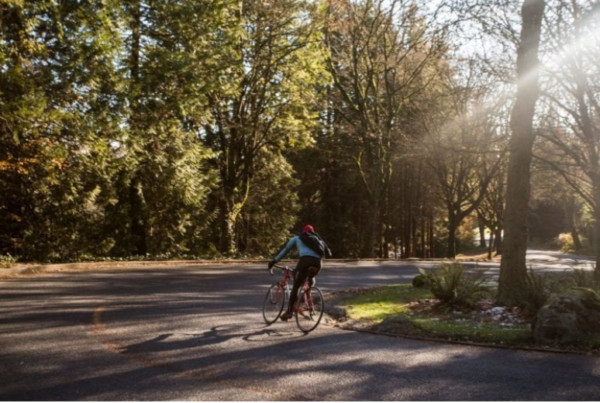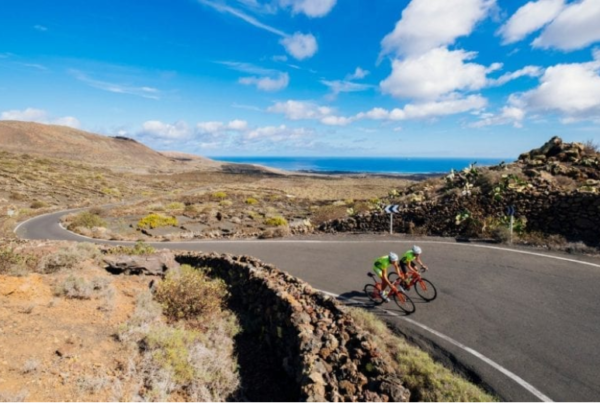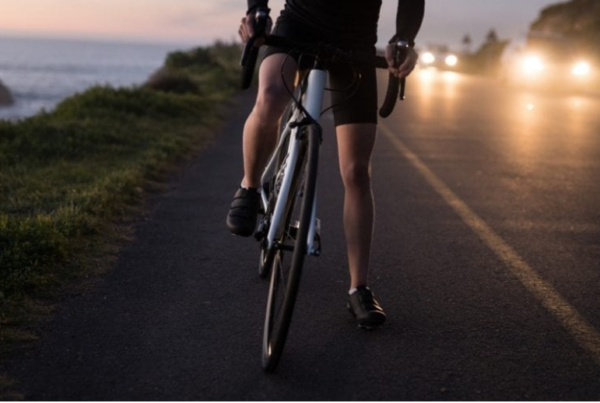As an avid cyclist, words like functional threshold power (FTP), high-intensity interval training (HIIT) and VO2-max training might be part of your regular vocabulary. But what if there was more to these common terms and training methods? If you are looking for another way to change your training and continue to get faster, look no further than these three elements of cycling training you may not have considered.
If you have done a few, if not seasons of, successful blocks working on your bike fitness using classic intervals like 2 x 20 minutes at FTP, you might consider doing these intervals later in a ride. For many riders with limited time, this can be tough to execute, but it might mean a slightly longer warmup on one of your rides during the week. For example, ride for 1 hour, then do intervals in the second hour before cooling down.
Intervals can also be reserved for a weekend ride when you can ride for a few hours before executing this quality work. This can challenge your ability to work hard after you are fatigued, which can be critical in road races or on the last lap of a mountain bike race. You may not hit quite the same peak numbers, but if you stay fueled you should find you start improving your ability to perform later in the ride.
Most riders do their intensity on road bikes because power meters are generally easier to install on road bikes and doing intervals on the road (or trainer) enables the rider to control the exact outputs. While the workout may seem perfect, there is a point where we must ask if there is value in adding some variability in the output, cadences and environmental factors (i.e., wind, elevation, temperature) that would further enhance our training.
Instead of a very controlled atmosphere, introduce situations that force you to refine the skills required to dominate in hilly races, head-winds, hot temperatures or when riding quickly off-road. Further benefit beyond specificity may be had for all riders in doing blocks of the year where they ride more of a certain discipline. Mountain bikers gain from the steady pedaling and ability to put the power down without fighting for traction. Road cyclists can become much smoother and skillful by riding off-road.
While power, heart rate, specific interval and ride targets take your fitness to the next level, it is important to keep an element of feeling in your rides. Shifting your focus to different things over the week keeps your training fresh and helps you prepare for race day when your bike computer is less useful. Try doing your long endurance ride by feel by avoiding coasting and listening to your breathing and the sensations in your legs for signs you are not ‘in the zone.’ For your intense rides, try using the same hill or stretch of road, and get to the point where you feel like you are at the best sustainable pace you can hold and hold it! Get used to sitting in the discomfort of ‘race pace’ without the distraction of numbers.









